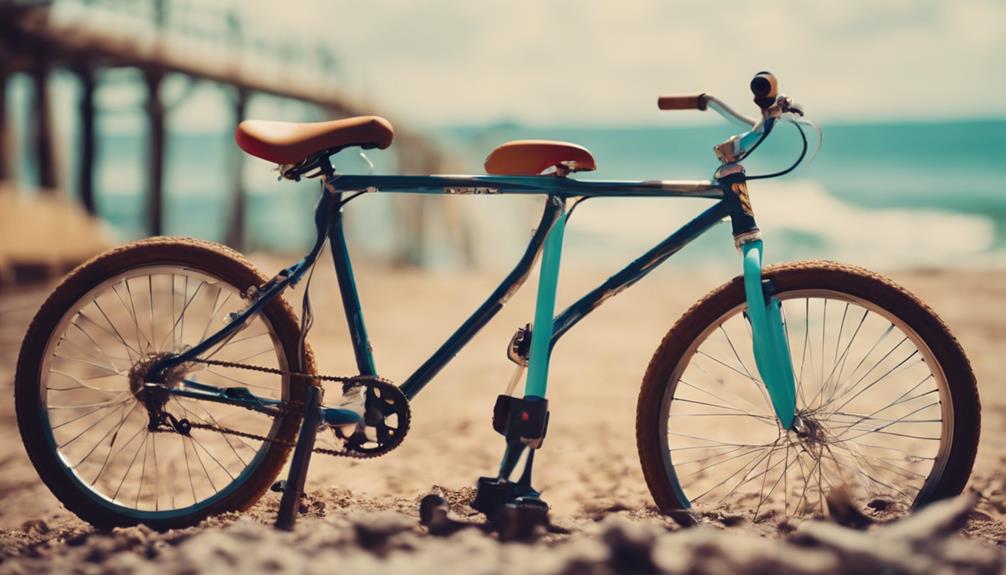Bicycle riding is a popular activity for men of all ages, whether for commuting, recreation, or sport. However, with the joys of cycling come the responsibilities of safety. One of the most crucial pieces of safety gear for cyclists is the helmet. In this article, we will explore the importance of bicycle helmets for men, the different types available, the features to consider when choosing one, and some tips on how to wear and maintain your helmet effectively.
Why Are Bicycle Helmets Important?
The primary purpose of a bicycle helmet is to protect the head in the event of a fall or collision. Research shows that wearing a helmet can significantly reduce the risk of head injuries, making it a vital safety accessory for any cyclist. Here are some key statistics that highlight the importance of helmet use:
- According to the National Highway Traffic Safety Administration (NHTSA), helmets reduce the risk of head injury by 50% and the risk of brain injury by 75%.
- The Centers for Disease Control and Prevention (CDC) states that in 2019, more than 1,000 bicyclists died in crashes in the United States, and many more sustained serious injuries.
- Studies indicate that helmet use is associated with a lower likelihood of severe head injuries among cyclists involved in accidents.
Types of Bicycle Helmets
When it comes to choosing a bicycle helmet, various types are designed for specific riding styles and preferences. Understanding these different types can help you make an informed decision:
- Road Helmets: These helmets are lightweight and aerodynamic, designed for speed and efficiency. They often feature large vents for airflow but may not offer as much coverage as other types.
- Mountain Bike Helmets: Built for rugged terrains, these helmets provide more coverage at the back of the head and often come with a visor to shield against debris and sun.
- Commuter Helmets: Designed for urban cyclists, commuter helmets often include features such as built-in lights, reflectors, and a more casual design that can blend with everyday attire.
- Full-Face Helmets: Typically used in downhill mountain biking or BMX riding, these helmets offer maximum protection, covering the entire head and face.
- Kids’ Helmets: While this article focuses on men’s helmets, it’s worth noting that many helmets are designed specifically for children, featuring fun designs and additional safety features.
Key Features to Consider
Choosing the right bicycle helmet involves more than just picking one that looks good. Here are some essential features to consider:
- Fit: A helmet should fit snugly on your head without being too tight. Look for adjustable straps and a sizing system that allows you to customize the fit.
- Weight: Lightweight helmets are more comfortable for long rides, especially for road cyclists who prioritize performance.
- Ventilation: Adequate ventilation is crucial for comfort, especially during hot weather. Look for helmets with multiple vents.
- Certification: Ensure the helmet meets safety standards set by organizations such as the Consumer Product Safety Commission (CPSC) in the U.S. or the European Committee for Standardization (EN).
- Additional Features: Consider helmets with built-in lights, reflective materials, or MIPS (Multi-directional Impact Protection System) technology, which can provide extra protection in case of an angled impact.
How to Properly Wear a Bicycle Helmet
Wearing a helmet correctly is just as important as choosing the right one. Here are some tips for ensuring your helmet is worn properly:
- Position the helmet level on your head, not tilted back or forward.
- The front of the helmet should sit about one to two finger-widths above your eyebrows.
- Adjust the straps so that they form a “V” shape around your ears.
- The chin strap should be snug but not uncomfortable, allowing you to fit only one or two fingers underneath.
- Make sure the helmet does not move when you shake your head.
Maintaining Your Bicycle Helmet
To ensure your helmet remains effective and safe, proper maintenance is essential. Here are some tips for caring for your helmet:
- Inspect your helmet regularly for cracks, dents, or other signs of damage.
- Clean your helmet with mild soap and water; avoid harsh chemicals that can degrade the materials.
- Store your helmet in a cool, dry place away from direct sunlight to prevent material deterioration.
- If you have been involved in an accident, even if the helmet appears undamaged, it’s advisable to replace it as it may have sustained unseen structural damage.
Case Studies: Real-Life Impact of Wearing Helmets
To emphasize the importance of wearing bicycle helmets, consider the following case studies:
- The Story of a Commuter: John, an avid cyclist commuting to work daily, was involved in a collision with a car. He was wearing a helmet that absorbed most of the impact, resulting in only minor injuries. His helmet was later credited with saving his life.
- The Mountain Biker’s Experience: Sarah, a mountain biker, crashed while navigating a steep downhill trail. Her full-face helmet protected her from severe head trauma, allowing her to walk away with just a few scrapes.
Conclusion: The Importance of Choosing the Right Bicycle Helmet
In conclusion, bicycle helmets are a vital piece of safety gear for men who cycle, regardless of the type of riding they do. With the right helmet, you can significantly reduce the risk of head injuries and enjoy your rides with peace of mind. Remember to consider the type, fit, features, and maintenance of your helmet. By prioritizing safety through proper helmet use, you are not only protecting yourself but also setting a positive example for fellow cyclists and the community.
As cycling continues to grow in popularity, it is essential to advocate for helmet use and educate others on the importance of safety. Invest in a quality helmet, wear it correctly, and enjoy the many benefits of cycling while keeping safety at the forefront of your riding experience.
